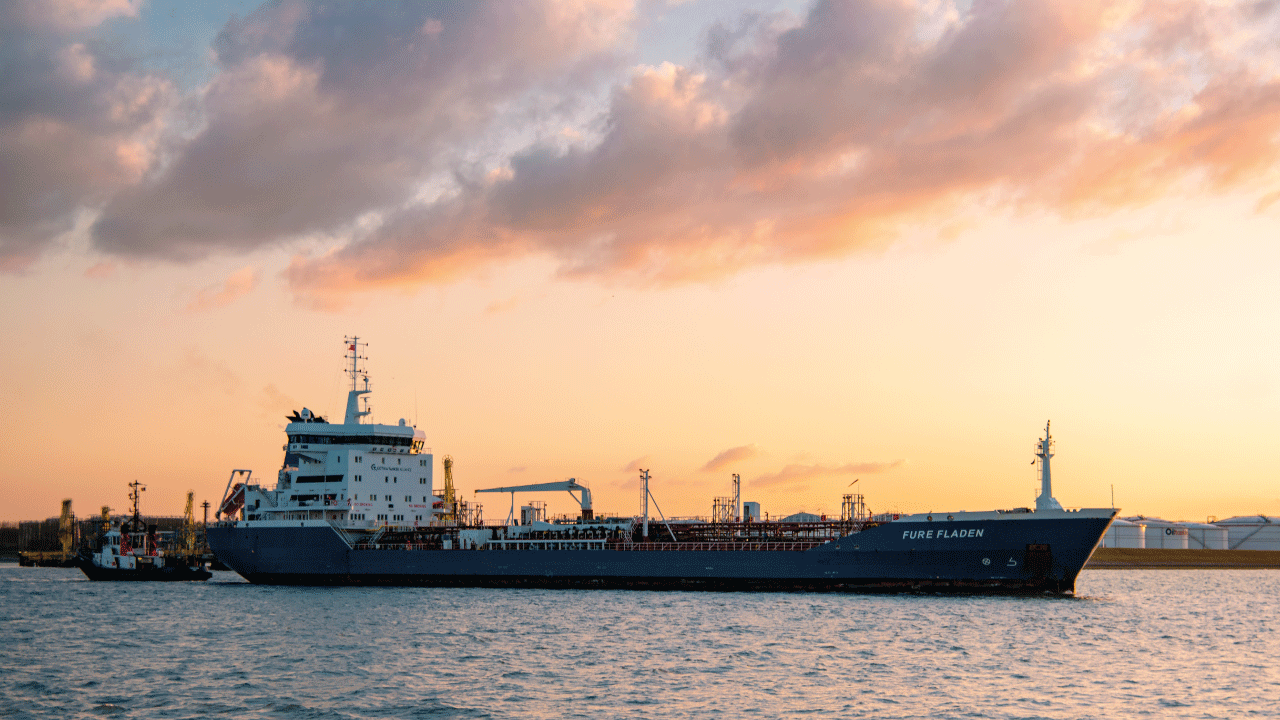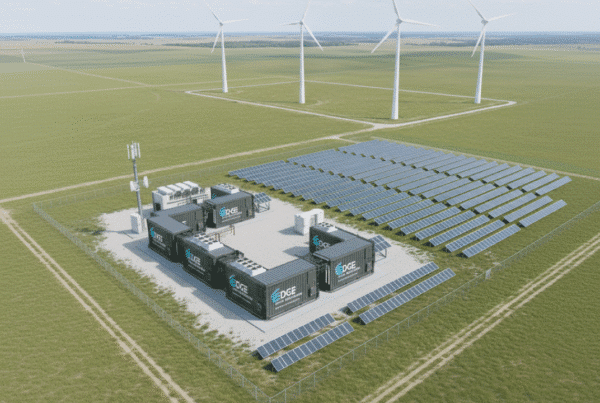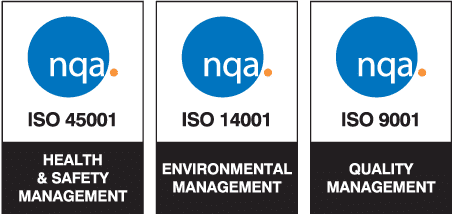
Sustainable vessels are integrating multiple renewable energy sources. For instance, the Energy Observer—a pioneering ship—combines solar panels, wind turbines, and a hydrogen fuel cell, enabling it to sail without emitting pollutants. This kind of technology is charting the course toward cleaner navigation.
Another standout innovation is the use of traction kites, inspired by kitesurfing, which help reduce fuel consumption. These large sails catch the wind and generate extra thrust, lessening reliance on conventional engines.
Hybrid engines and biofuels are also gaining ground. Companies worldwide are experimenting with hydrogen and liquefied natural gas (LNG) as more sustainable alternatives for marine propulsion.
Spain is leading efforts to decarbonize maritime transport. In just over two years, the first international line of electric fast ferries will launch, linking Tarifa and Tangier. These zero-emission vessels will mark a milestone in sustainable navigation.
And there’s more: a Spanish company is fitting suction sails—vertical, airplane-wing-like structures that harness wind power to propel ships and save fuel. Developed by bound4blue, this technology is already being installed on several commercial vessels.
Beyond ships, floating renewable energy is on the rise. In Spain and Chile, solar and wind projects on water bodies are harnessing marine and reservoir spaces to generate electricity. In Castellón, for example, a logistics hub dedicated to floating wind energy is under construction, serving as a base for offshore turbine assembly.
The maritime industry is in full transformation. By combining solar, wind, and hydrogen technologies with innovations in recyclable materials and energy-recovery systems, the future of marine transport is being redefined. As governments and companies invest in these solutions, we can expect a significant reduction in sectoral emissions in the coming years.
——————————————–
Find out more news about the renewable energy sector on the Univergy Solar blog.







